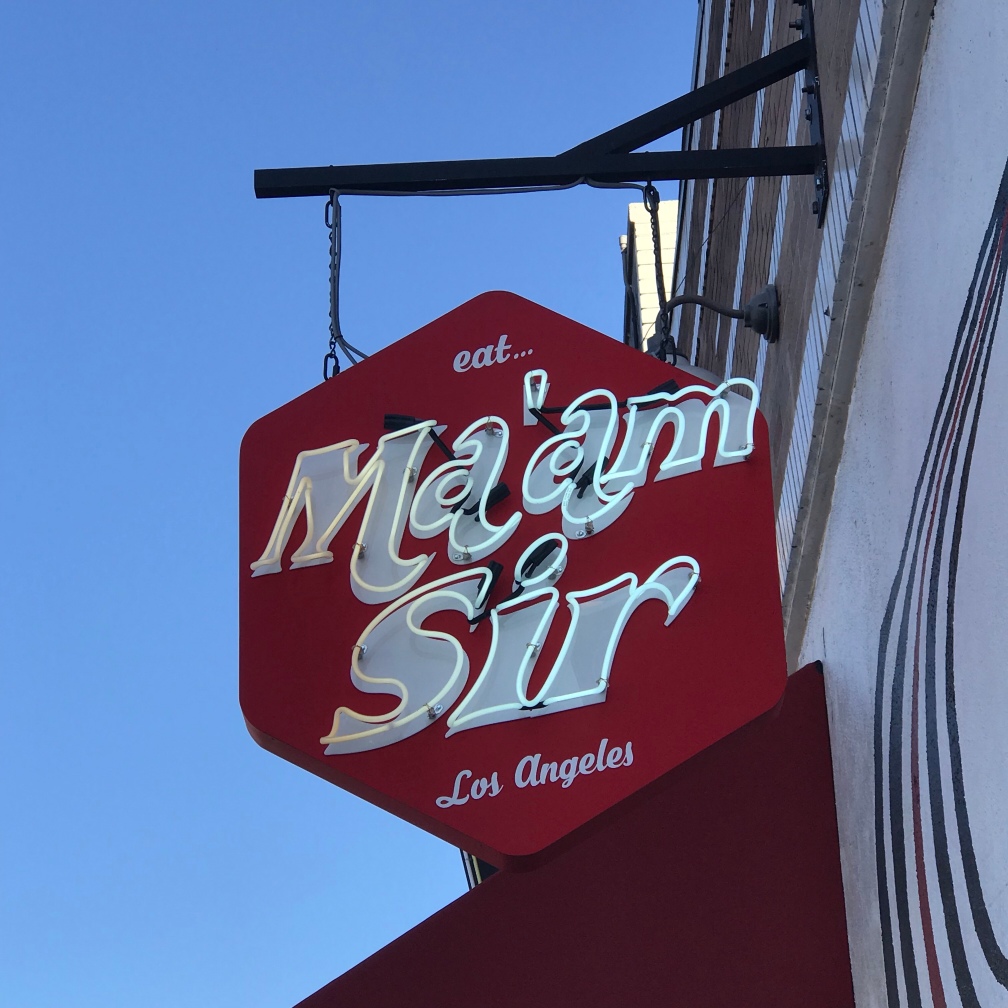
Lucky to have walked in with success to the barely three-week old Ma’am/Sir in uberhip Silver Lake.
For someone who has lived or visited the Philippines, ma’am and sir automatically follow every greeting to the point of amusement. Respect like hospitality is ingrained in the Filipino culture. For all that, a very cute name for a trendy Filipino food spot in Los Angeles showcasing the audacious flavors of the Philippine Islands.
Chef Charles Olalia, formerly of Patina, a Michelin star rated French restaurant at the Disney Concert Hall, among his other previous training grounds, creates contemporary Filipino fare inspired by his Kapangpangan roots. His sweet longaniza and pancit luglug, dishes I’ve tried at his thriving RiceBar on 7th Street in Downtown Los Angeles surpass even the best back home.
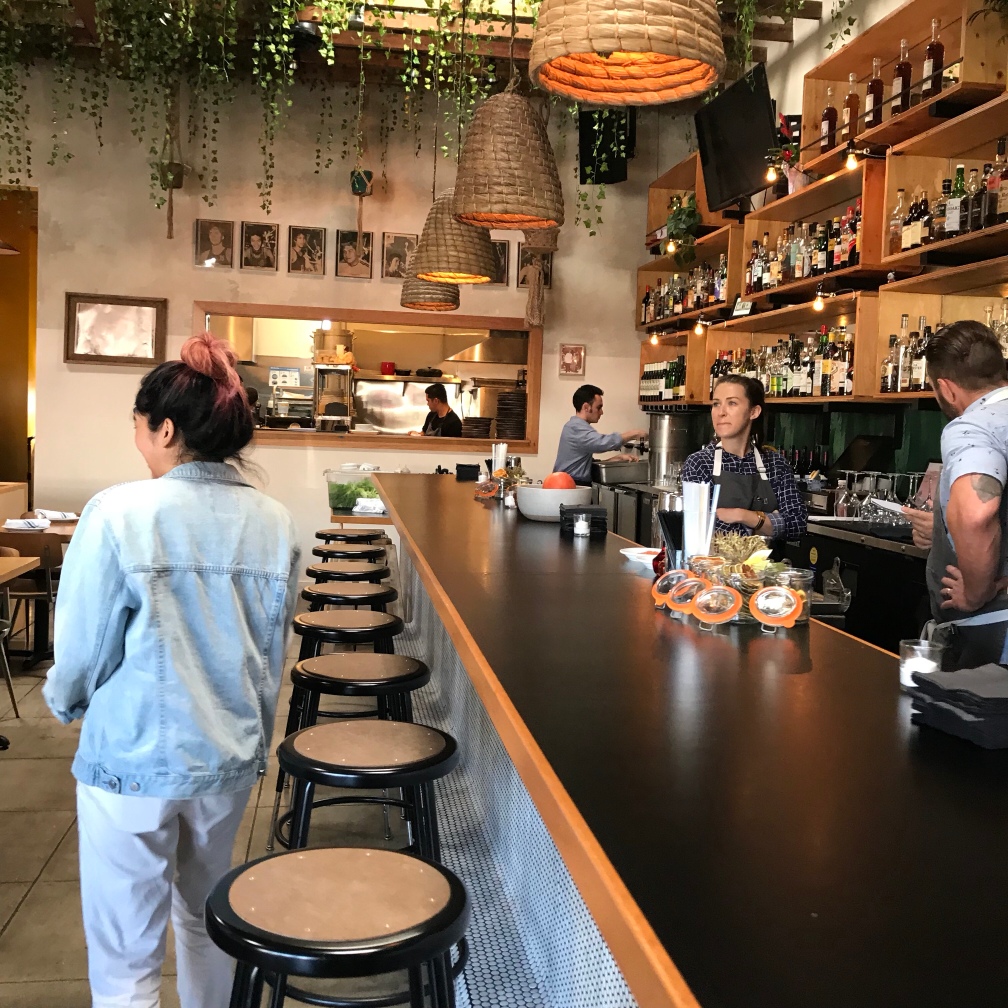

Pinoy Baby Boomers and also Gen Xers can relate to hanged framed magazine pages with basketball stars of the Philippine MICAA era, iconic Larry Mumar, Francis Arnaiz, Bogs Adornado, and Jaworski, to name a few.


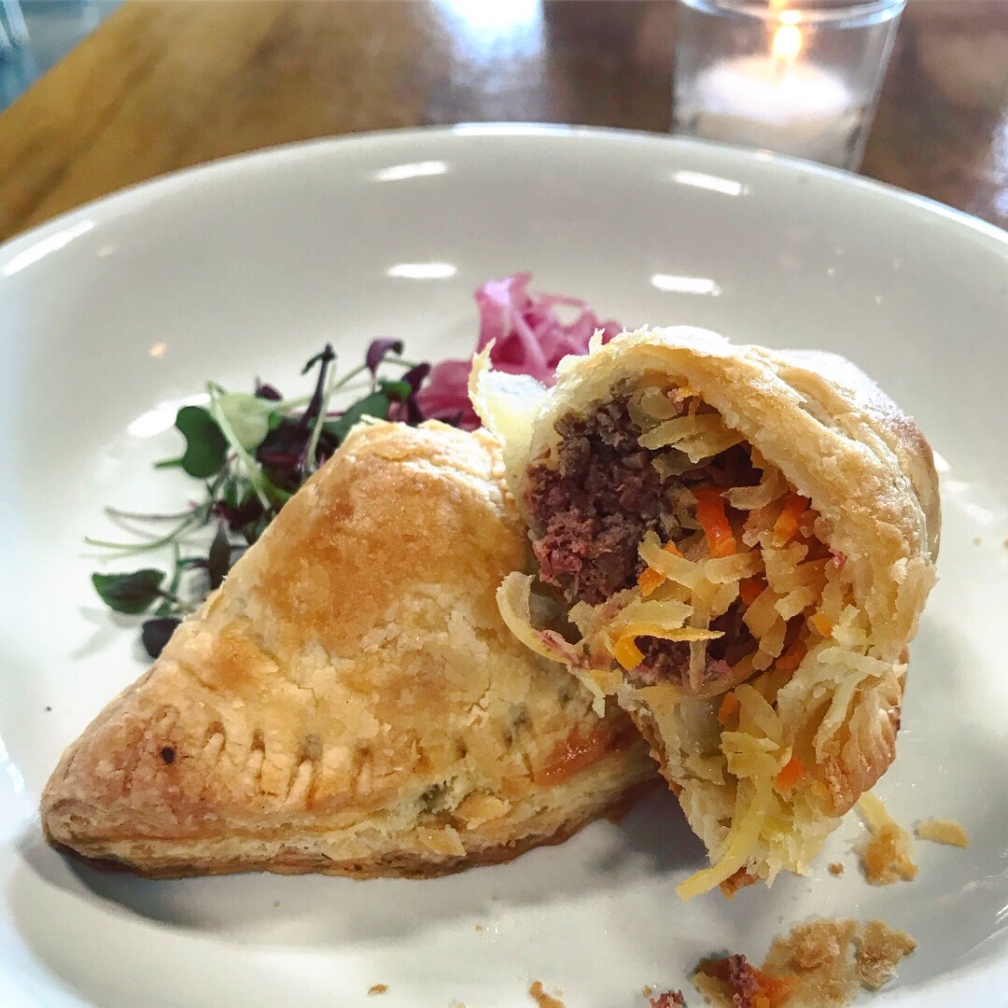
When trying a place for the very first time, I always end up overordering. I was expecting the Ilocos empanada as inspo behind the Impossible Empanada coz it sounded like the empanada I grew up with, what with a longaniza and shredded papaya filling? Nonetheless satisfying, it arrived in a flaky pastry shell, more like the Spanish-influenced traditional Filipino empanada, yet with a unique longaniza and papaya atchara fill.
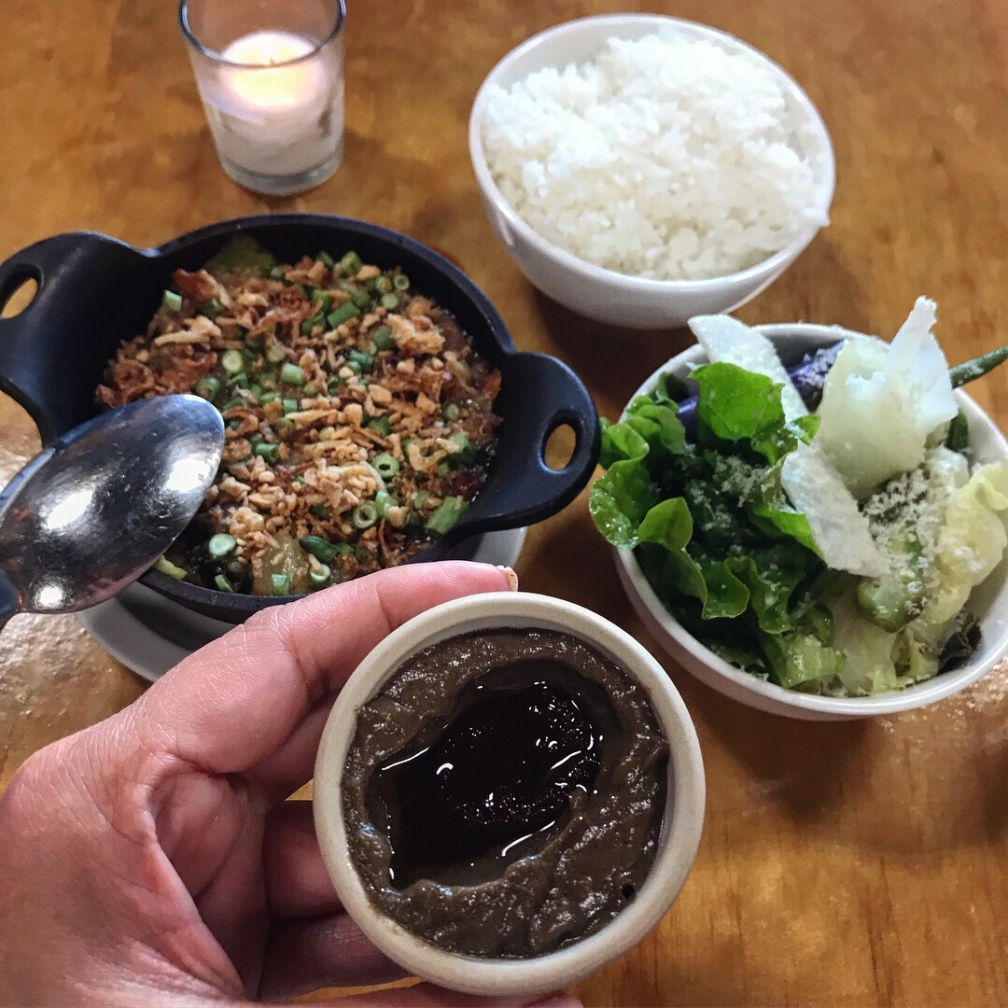
Kare-Kare comes, of course, with the essential bagoong (fish paste). It brings out the very best in oxtail stew, and white rice is the best accompaniment for this rich kind of ulam.
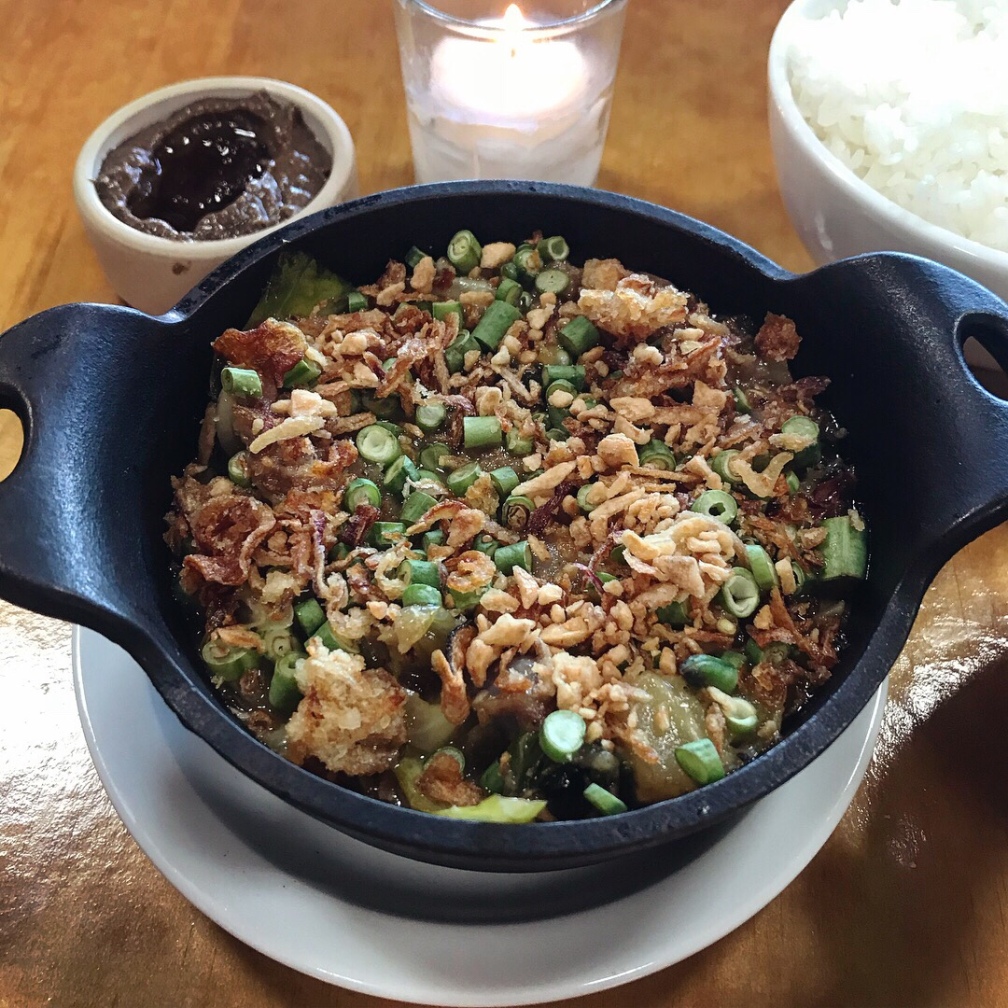
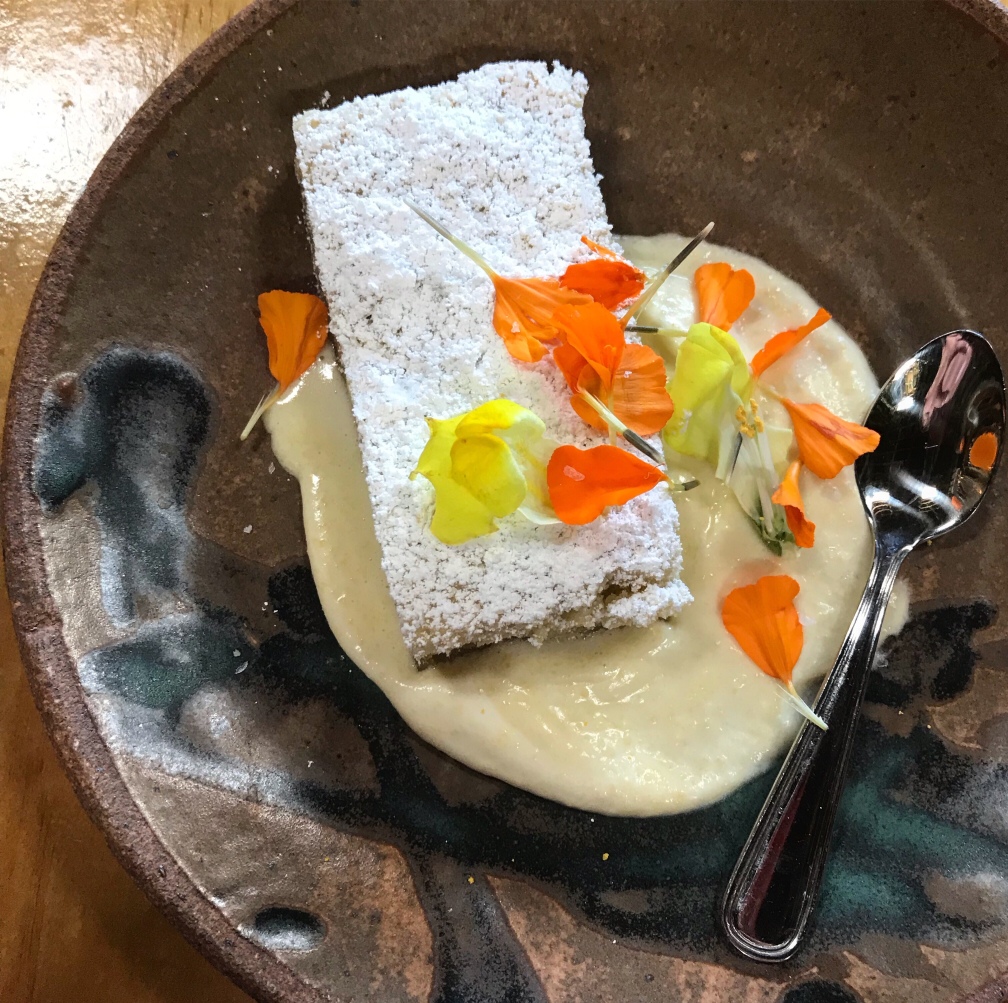
I was happiest with my banana-mango bibingka (sticky rice cake), very traditional with its texture and overall taste. The fancy Chantilly cream and edible flowers make the otherwise plain-looking bibingka luxurious.
Fil-Ams in the gentrified Silver Lake and Echo Park neighborhoods, not to mention the Historic Filipinotown, can’t be happier with the arrival of Ma’am/Sir. And all the ma’ams and sirs wanting to explore vibrant Filipino culture, or who have already embraced Filipino cookery.
Photographed by Blauearth COPYRIGHT © BLAUEARTH™ ALL RIGHTS RESERVED








